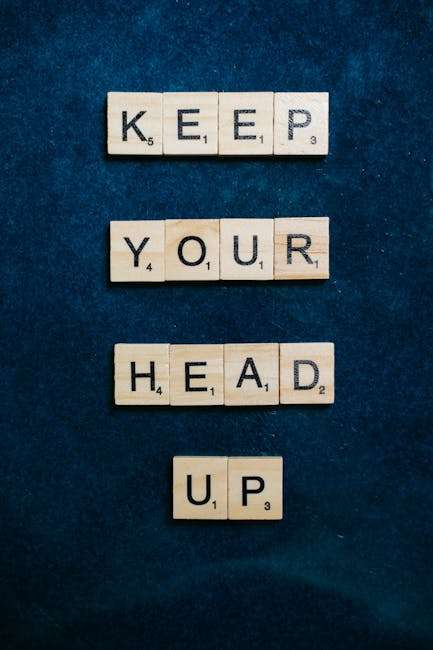DIY: How to Create Your Own Board Game
Have you ever played a board game and thought, “I could create something even more fun”? 🎲 Whether you’re looking to invent the next big thing in gaming or just want a personalized game night with friends and family, creating your own board game can be a rewarding experience. In this guide, we’ll walk you through the process step-by-step, from brainstorming ideas to final touches. Let’s get started!
Table of Contents
1. Finding Your Game Idea 💡
2. Designing the Gameplay 🎮
3. Creating the Game Components 🧩
4. Testing and Refining Your Game 🛠️
5. Finishing Touches and Production 🎨
6. Conclusion
7. FAQ
Finding Your Game Idea 💡
The first step in creating your own board game is deciding on an idea. Think about the types of games you enjoy and what makes them special. Are you a fan of strategy games, or do you prefer something more luck-based? Perhaps you’re interested in storytelling or educational themes?
Consider what you want players to experience. Maybe you want them to collaborate or compete fiercely. Jot down different themes and mechanics that excite you. This brainstorming phase is crucial, as it lays the foundation for your game’s concept.
Designing the Gameplay 🎮
Once you have a basic idea, it’s time to flesh out the gameplay. Begin by defining the objective of the game. What do players need to do to win? Create a simple set of rules that outline how the game is played, including how players take turns, move pieces, and interact with each other.
Consider incorporating elements such as:
• Player interaction 🤝
• Random chance, like dice rolls 🎲
• Strategic decision-making 🧠
• Resource management 💰
Play around with different mechanics and see how they fit within your theme. Remember, the goal is to make the game both challenging and enjoyable.
Creating the Game Components 🧩
With gameplay established, it’s time to create the physical components of your game. This includes the game board, cards, tokens, and any other pieces necessary for play.
For the board, you can start with a simple piece of cardboard or even print a design on paper. For cards, blank index cards or printable card stock work well. Tokens can be anything from coins to custom 3D-printed pieces.
Let your creativity shine here! Use colors, artwork, and typography that reflect the theme of your game. If you’re not artistically inclined, consider collaborating with a designer or using online tools to create professional-looking components.
Testing and Refining Your Game 🛠️
No game is perfect on the first try. Testing is essential to identify what works and what doesn’t. Invite friends or family to playtest your game and provide feedback. Pay attention to any rules that are confusing or mechanics that don’t function as intended.
Be open to making changes. Sometimes, a small tweak can significantly enhance the game. Test multiple times and take notes on each session. This iterative process will help refine your game into a polished product.
Finishing Touches and Production 🎨
Once you’re satisfied with the gameplay, it’s time to focus on the finishing touches. This includes finalizing the artwork, writing clear and concise rulebooks, and ensuring all components are durable and well-made.
If you plan to produce multiple copies, research printing services that specialize in board games. There are many online resources that can help with small-scale production if you’re not ready for mass manufacturing.
Conclusion
Creating your own board game is a journey filled with creativity and problem-solving. From the initial idea to the final product, each step offers a chance to express your passion for gaming. Whether you’re creating a game for personal enjoyment or hoping to bring it to market, the most important thing is to have fun and learn along the way. Good luck, and happy gaming! 🎉
FAQ
Q1: How long does it take to create a board game?
A: The time it takes to create a board game varies greatly depending on the complexity of the game and your experience. It could take as little as a few weeks for a simple game or several months for something more intricate.
Q2: Do I need artistic skills to create a board game?
A: While artistic skills can be helpful, they are not necessary. Many tools and resources are available to help non-artists create professional-looking game components.
Q3: How do I know if my game is fun?
A: The best way to determine if your game is fun is through playtesting. Gather feedback from a variety of players and be open to making adjustments based on their experiences.
Q4: Can I sell my board game once it’s completed?
A: Yes, you can sell your board game. Consider options such as self-publishing, crowdfunding platforms like Kickstarter, or pitching your game to established board game publishers.
Q5: What equipment do I need to start making a board game?
A: Basic supplies include paper, pens, cardboard, scissors, and markers. As you progress, you may also need a printer, graphic design software, and access to a playtesting group.
